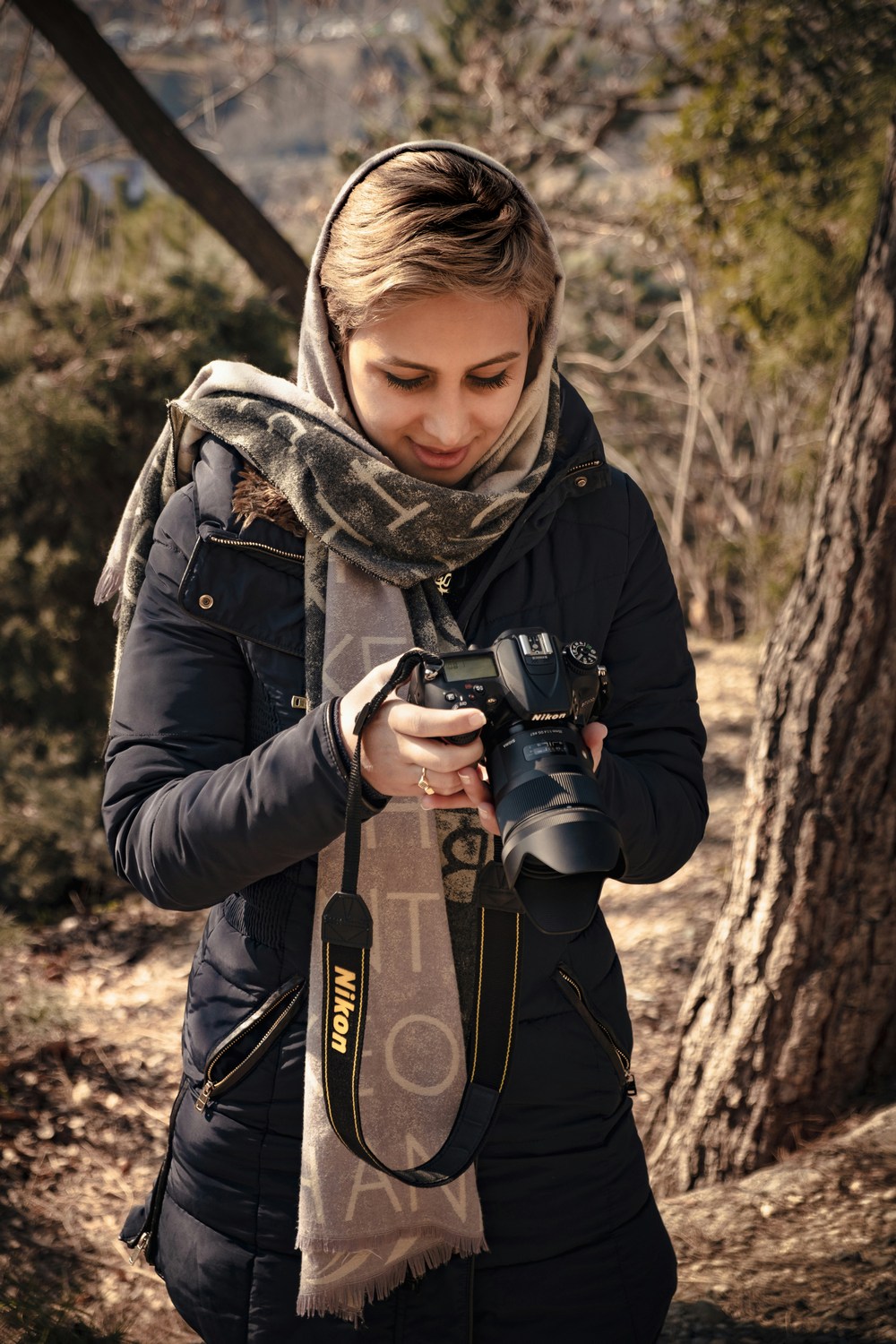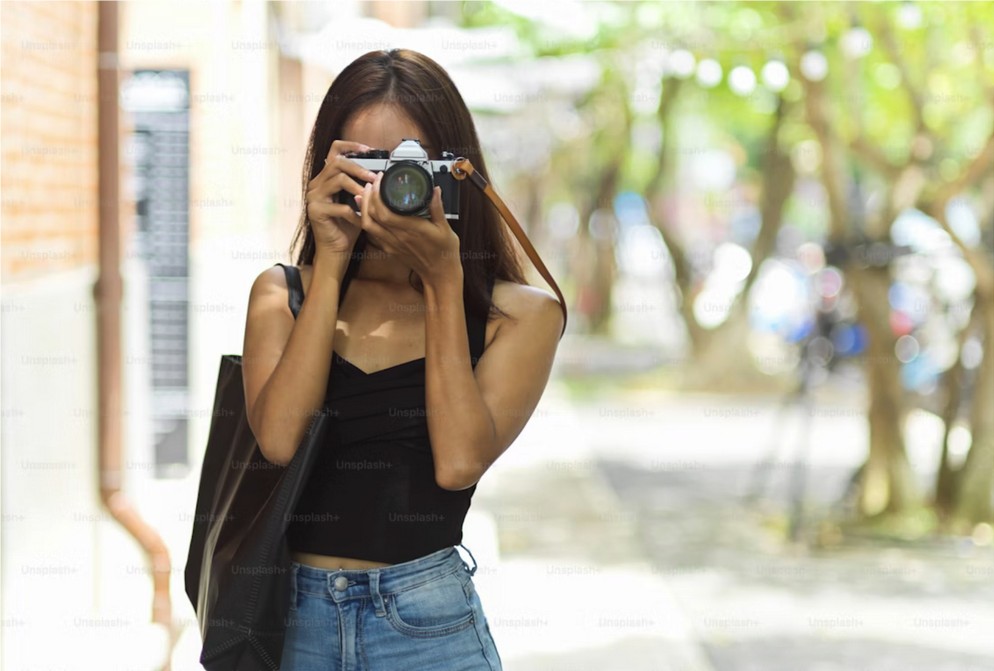Master the art of photography
• Learn from a professional photographer with over 40 years of experience
• Face to face lessons, one to one or in small groups (max 3 people) for personalised feedback
• Practical exercises using your own equipment
• Two levels : beginner and intermediate
|
|
|
capture - create - inspire |
Beginner level
Photography is more than just a simple click of a shutter, it is an art that enables you to capture precious moments, express your personal vision and tell stories without words. This course for beginners is designed to familiarise you with the technical and creative basics of photography. We will explore together the essential adjustments of the camera, composition, light and hints and tips to help you take better photos. No previous experience is needed - just your curiosity and your desire to see the world differently through your lens.
Practical details
Each module consists of a roughly 30 minute presentation of the subject using Powerpoint, followed by an in-depth discussion to test and reinforce the students' knowledge. Finally each participant uses his own equipent to carry out practical exercises.
Duration approximately 2h30, face to face. Language English or French. Comprehensive notes are provided in the form of A4 printed pages. Location at your home or in Jumilhac le Grand. Dates according to your availability.
The price of each module is 60€ for one person, 75€ for two persons, 90€ for three persons (3 persons max). Select the module or modules you want to study - there is no obligation to follow the whole course start to finish.
Modules for beginners :
Basic principles : the exposure triangle : aperture, shutter time, ISO. The creative settings : Aperture and depth of field, shutter time and movement. Hard and soft light, colour of the light, white balance. Depth of field, RAW and jpeg. Focal length. Mode auto and your expectations.
Know your equipment : the everyday settings : Modes P, A, S (Tv) and M. Which mode and why ? Auto focus, zone selection, tracking moving subjects. Auto exposure, selection of zone, auto and semi auto, limitations. Compensation of exposure. Hybrid v Reflex. focal length. RAW and jpeg. Flash. The set-up menus.
Composition of images : The principles of composition : Position of the subjet, background, framing, focal length, depth of field, colour or b/w ? Contrast, colour contrast, symmetry, looking up, looking down, repetition.
Landscapes : Composition, what is the subject ? foreground, subject, background. Leading lines. Focus - on what ? Quality and position of light. Time of day. Depth of field. Hyperfocal distance. Problems of dynamic range and some solutions. Urban landscapes. Panoramas.
People : Composition – one person, two people, groups. Children. Light. Indoor/outdoor. Backgrounds. Focal length. Flash. Why off-camera flash. Glasses. Rapport with the subject, facial expressions.
Organisation of photos : Connection to the computer. Organisation of directories. Selection and classifying. Importing to Lightroom. Lightroom as a library management tool. Classification by star rating, by colours, by key words. Search tools. Exporting jpg files, the right file siszes, storing and finding exported jpg files.
First steps in developing photos : The dark room tasks of yesterday now done digitally in Lightroom and Photoshop. Use of Lightroom. global adjustments, exposure, contrst, white balance, clarity etc. Basic localised adjustments. Exporting images. NB, I do not teach other software packages.
Intermediate level modules :
Street photo 1 : (mainly in the classroom) What is street photography ? Street photography or portraits in the street ? Subject's permission to photograph, the law, rights to the image. Subjects and ethics. « seizing the moment » Backgrounds. Mouvement and blur. Focal length. Distance from subject.
 Street photo 2 : In the street. One and a half hours in the street taking photos. One hour in the classroom viewing and analysing the images.
Street photo 2 : In the street. One and a half hours in the street taking photos. One hour in the classroom viewing and analysing the images.
Portraits : Portraits on the go in daily life. In general : Poses, posing novices, hands and feet, interaction with the subject. Light, broad and short light, contre jour, reflectors, flash, depth of field, backgrounds, accessories. Outdoors : location, light and time of day, reflectors, in-fill flash. Indoors : location, electric light, white balance, window light, flash. Garage light.
Studio portraits : Continuous light or flash ? Managing light. Soft and hard light. Butterfly/loop/Rembrandt/split lighting. Broad and short lighting. Backgrounds, accessories. Planning the shoot : list of shots, poses, posing novices, hands and feet, interaction with the subject. Tethered shooting.
Macro : Equipment, lenses, extension rings, tripods and monopods. Light : daylinght and hours of the day, flash. Depth of field, aperture, focal point. Distance from subject. Focus stacking. Burst shooting. Framing. Insects and tiny creatures : mouvement. flowers and plants : depth of field and aperture. Small objects and macro : composition and originality.
Concerts et events : Ethics, respect for the spectators, thique, respect des spectateurs, suppression de l’écran, obturateur silencieux. Habits. Equipment, ISO 6400+, light, focal length, wide apertures, shutter speeds. Auto focus or not. Auto exposure or not. Deliberate under exposure. Noise treatment, LR/PS/DXO pure RAW. White balance.
Nature Morte : Selecting the subject, setting the scene, supports and backgrounds. Principles of composition. Harmonisation of colours/colour contrast, textures. Lighting : flash or continuous ? Angles, position, strength, soft and hard light. Focal length, effect on the background. Looking up/looking down. Tripods, stability, remote shutter release. High expectations and working by trial and error.
Post processing in depth : Optimising the image. The former work of the darkroom, now done digitally by Lightroom and Photoshop. Global adjustments : exposure, white balance, contrast, texture etc. Local adjustments : making selections, linear gradients, radial gradients, automated selections, brushes, luminosity masks, colour masks. Combining masks. Object supression.
Practical details
Each module consists of a roughly 30 minute presentation of the subject using Powerpoint, followed by an in-depth discussion to test and reinforce the students' knowledge. Finally each participant uses his own equipent to carry out practical exercises.
Duration approximately 2h30, face to face. Language English or French. Comprehensive notes are provided in the form of A4 printed pages. Location at your home or in Jumilhac le Grand. Dates according to your availability.
The price of each module is 60€ for one person, 75€ for two persons, 90€ for three persons (3 persons max). Select the module or modules you want to study - there is no obligation to follow the whole course start to finish.
_____________________________________________________________________________________________________________________________
Ready to start your photographic journey ?
Call or send a text to 06 42 31 97 54
_____________________________________________________________________________________________________________________________
Who am I ?
I started taking photos at 12 years old when my parents gave me a Brownie 127. I learned by experience, especially by analysing my failed photos and and my successes. I also bought better equipment as soon as budgets allowed.
It was at 40, when I started a public relations company, that photography became really important for me. Working daily with highly talented creative pro photographers taught me a lot and inspired me to take many more photos during my frequent overseas business trips, particularly to the USA and particularly photos of people - portraits and street photos.
Now mainly retired, I take photos principally for my pleasure, I'm inspired by the beauty of the countryside and villages of Périgord-Limousin but my favourite subject is my co-citizens. I exhibit my work frequently in the area and sell some of my photographs. As a semi-retired professional photographer I am based near St Yrieix la Perche, I work in the studio and travel all over the Périgord-Limousin area.
In 2010, with a group of friends from the area, we created a photo club based in Jumilhac. At the request of the beginners in the club I stared to hold courses in photography. The students tell me that I have patience and a talent for explaining and demonstrating. A successful course needs more than just in-depth knowledge of the subject, it needs someone who understands how to teach.
My recent creative work centres on people in motion - finding ways to reveal the beauty of mouvements that are too fleeting to be fully appreciated by the naked eye. And when it's cold and wet, some portrait or still life work in a well heated studio is very appealing.
David Keast - Photographe en Périgord-Limousin
_____________________________________________________________________________________________________________________________
Ready to start your photographic journey ?
Call or send a text to 06 42 31 97 54
_____________________________________________________________________________________________________________________________



